Space is the blank canvas. How will it be filled? With the characteristics, tastes, opinions, wishes, desires, and ambitions of people. The unique people will enjoy it and make it a home. This is interior design. Much more than decorating a space, the role of the interior designer is to guarantee that space is a home that meets what its inhabitants are looking for.
Therefore, an interior designer differs from an architect and a decorator. If he wants to, the architect can absorb the function of interior design and decoration, as he has the necessary training to carry out a project from start to finish. He can be a "platform" where interior designer and decorator roles will develop. The decorator is someone without higher education responsible for choosing furniture, accessories, plants, and colours that do not physically change the environment but rather their visual appearance. In short, interior designers and decorators work on existing building canvases already worked on by an architect.
"The essence of interior design will always be about people and how they live. It is about the realities of what makes for an attractive, civilized, meaningful environment, not about fashion or what's in or what's out."
Albert Hadley, Interior Designer
The interior designer is a professional capable of capturing clients' needs and transforming them into projects, creating layouts, developing specific furniture (and sometimes exclusive), creating scenic effects, and applying different techniques. The designer enters the phase of direct contact with the client if the architect does not intervene. Or, as in most cases, part of a multidisciplinary team.
How to achieve this trilogy? Through planning. Until an interior design project is delivered, the professional must go through different stages of development to guarantee the final result. In this context, for an interior designer, it's all about creating a unique project that reflects the perfect combination of his client's needs, the best design principles, and the environment.
To be a dreamy designer? It's possible! Find out how in this blog article.

More is needed to choose colours and furniture. The concretization of an interior design project can be more or less complex, but there is one thing we can guarantee: you will certainly go through all these phases.
From zero to making a dream come true, there are 6 steps to ensure that the process runs smoothly and meets the client's needs, the essence of interior design, as the American interior designer Albert Hadley mentioned.
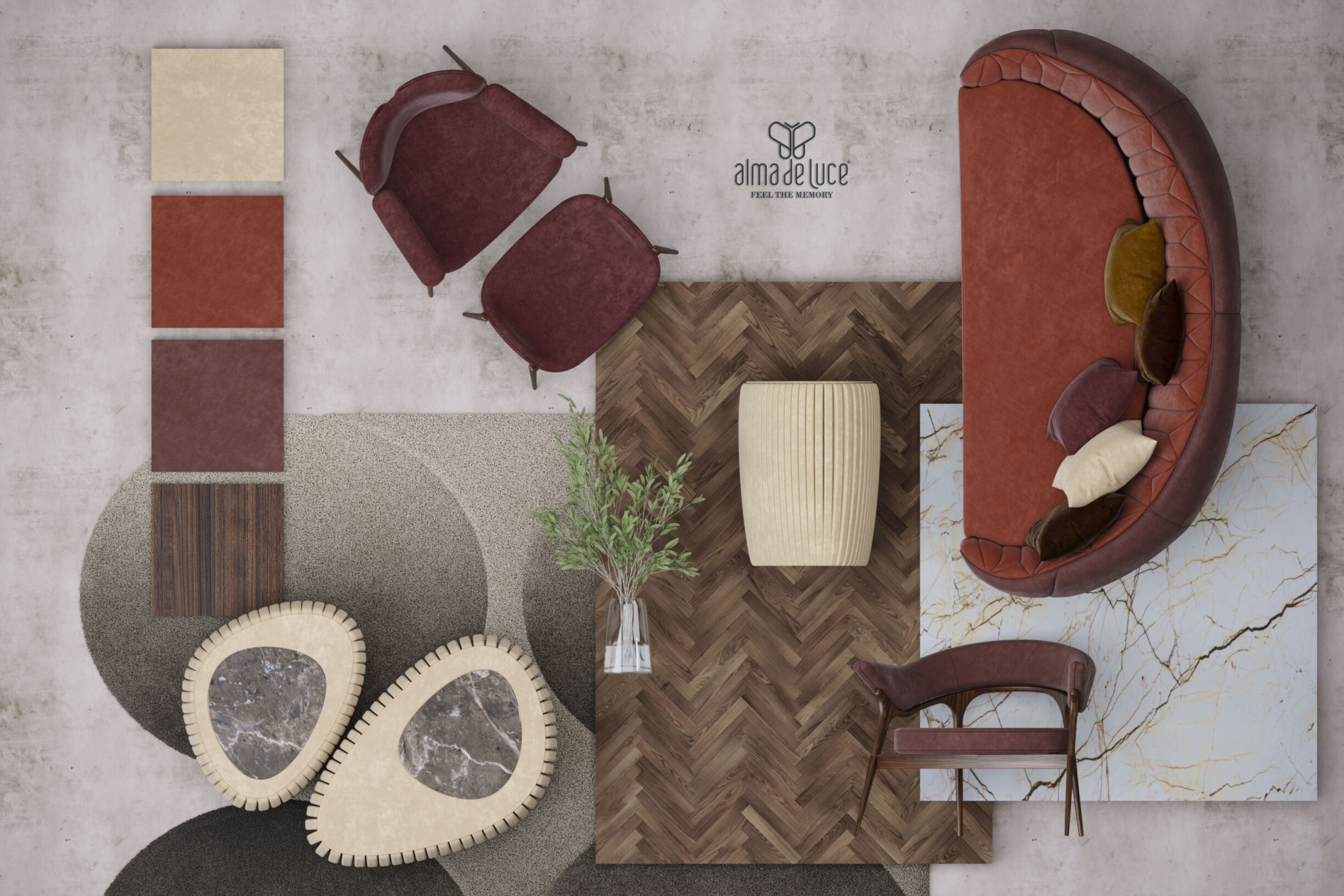
Briefing corresponds to an initial meeting between the interior designer and clients. This step is essential to start any project to align wills and interests.
It is the moment when interior designers will make themselves known to your potential clients. Therefore, they should bet on his image, value himself, and show his skills, added value, and differentiating factors compared to the competition. How? they can offer his business card, but it will make all the difference to show examples of their work. Therefore, an interior designer must have a portfolio with quality photographs, but you can also bet on social media to promote your work, receive opinions and boost your audience.
At this moment, all the wishes, dreams, and needs regarding the project are given to the professionals. Based on these ideas, the designers create a document that will be the starting point and the basis for guiding and developing the project. Also, after this initial meeting, the interior designer presents a quote to his client. This document is a fundamental document for the professional and the client, in which it must give decisive elements to calculate the final value, such as a) Project features, b) All necessary elements, c) Timings, d) Fees and taxes.
Do you know what a mood board is? An excellent tool for this first stage of the project.
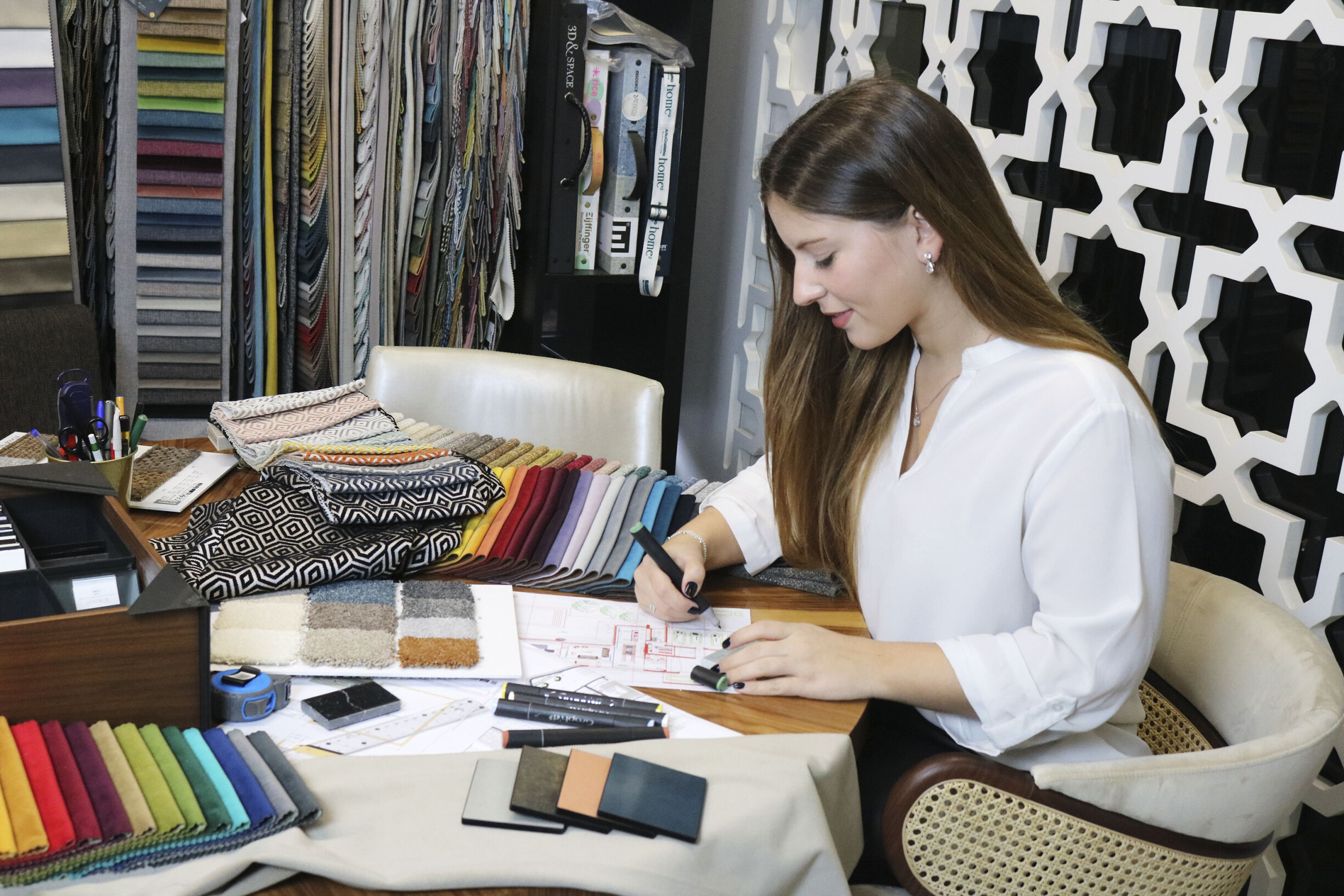
After understanding what his client wants, the interior designer needs to know the space he must work with. Therefore, he surveys the area by including all the environmental measurements and technical information. Based on this information, interior designers can make floor plans and analyze the types of rooms, sizes, and positioning of the windows according to solarization.
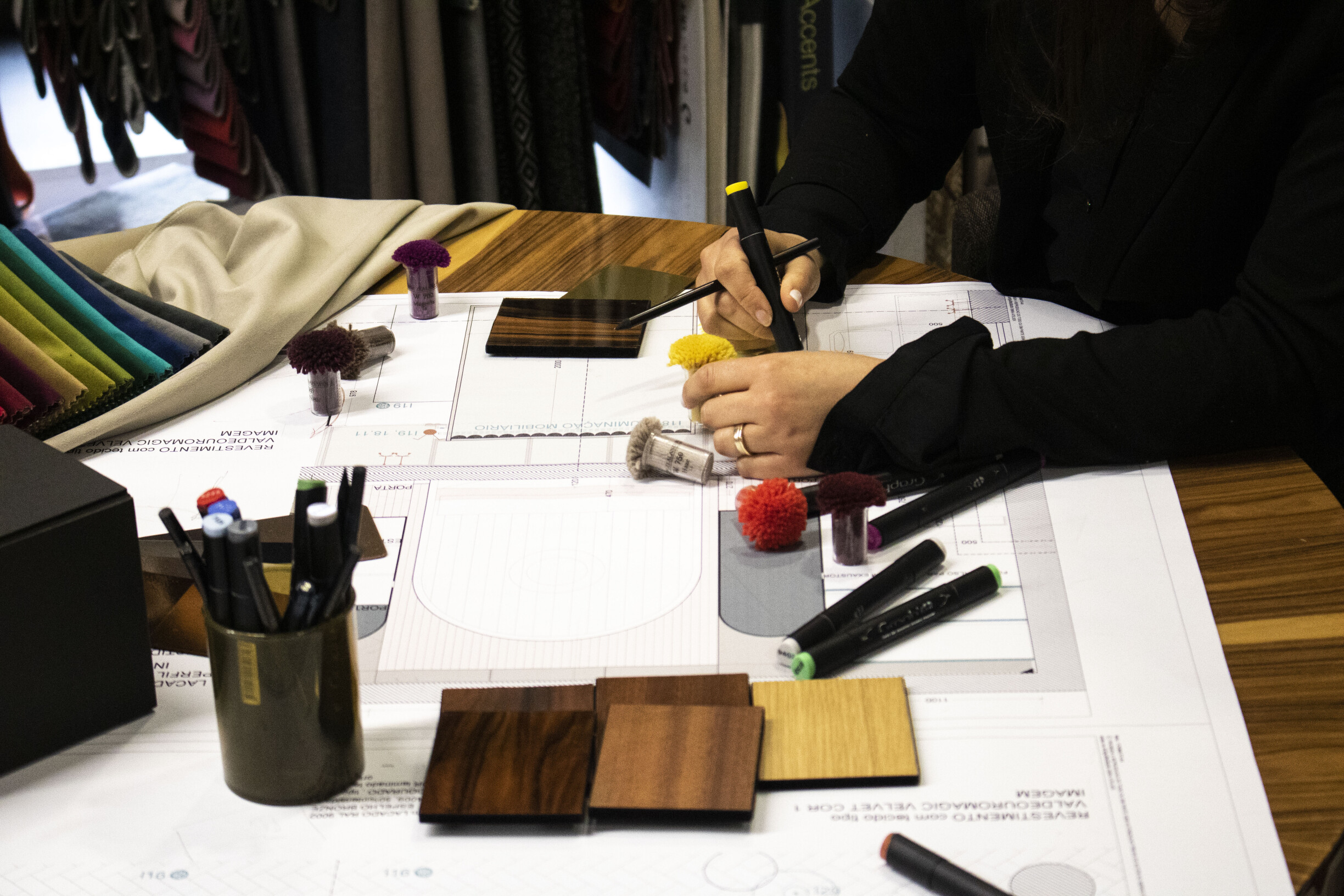
With the floor plans in hand, the designer moves on to the preliminary study. What does it consist of? At this stage, he creates the first studies to define the layout of the project, such as the zoning of the environment, that is, the definition of the different areas of the house (social area, private area, and service area). In addition, he studies flow to optimize the displacement of people in day-to-day activities. Finally, the interior designer defines the layout with the best furniture and objects spatial arrangement.
The preliminary study's initial designs can be done on 2D plans or with 3D software. As a rule, interior designers develop multiple proposals to present to the client.
The project can go on real forms only after approval of the preliminary study.
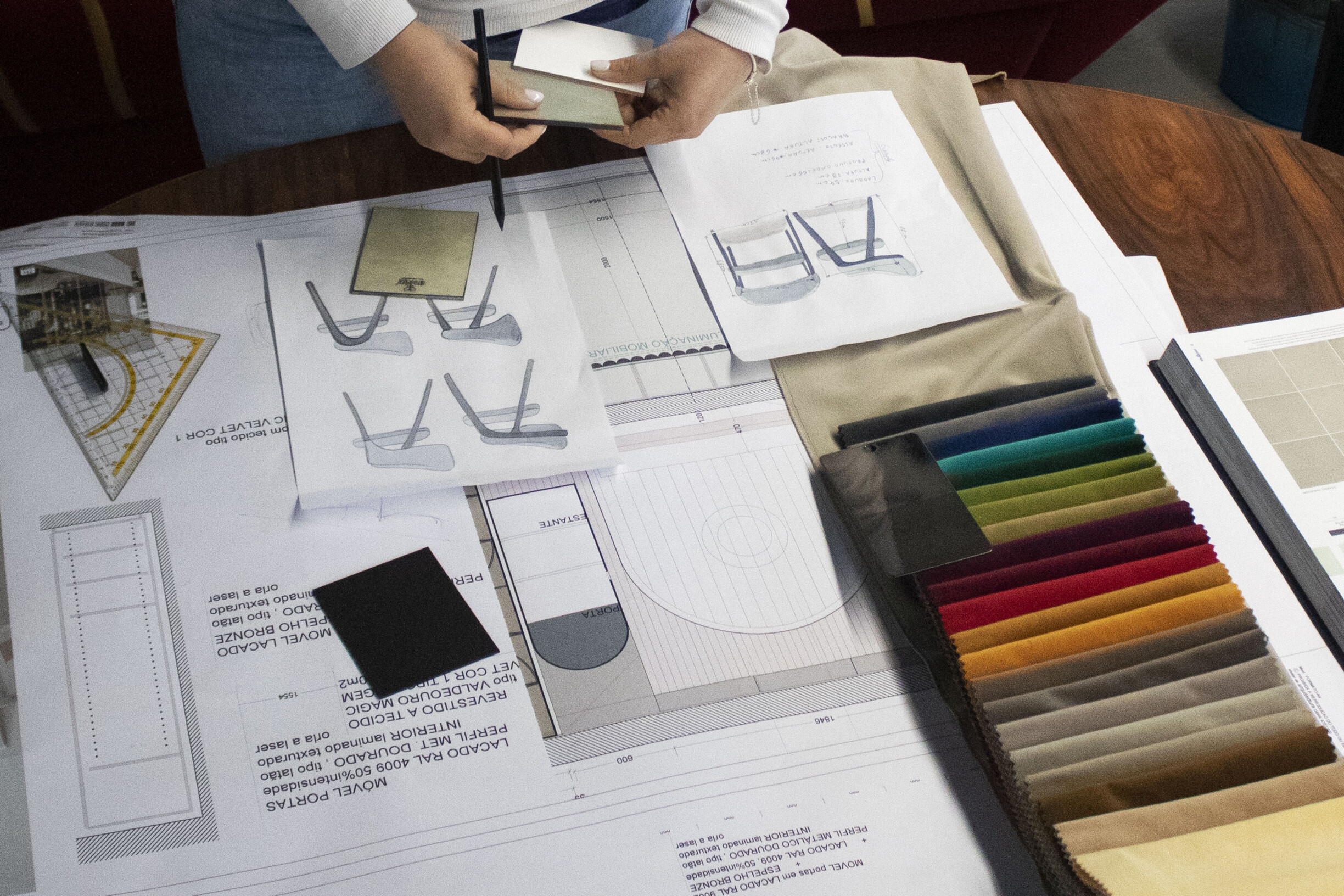
With the client's approval of the preliminary study, the draft phase begins, considered an executive pre-project. It determines practically everything: the colour palette, the fabrics, the furniture, the decorative pieces, the characteristics that will create a decorative style, and even the complementary projects, namely the lighting of the environment and the landscaping of the place.
This phase works as a guideline for the final project. Once again, the client's approval allows the move to the next step.


The executive project is the stage of greater detail, clarity, and organization. It corresponds to a more detailed plan with all the project information and the work execution, including the materials defined in the preliminary project. It is a floor plan to identify all the materials necessary for the project, specifying finishes, measurements, lighting, electrical issues, and furniture, among others. Therefore, it ends up being the most time-consuming phase of the project and the most awaited, in which the client will see all the details.
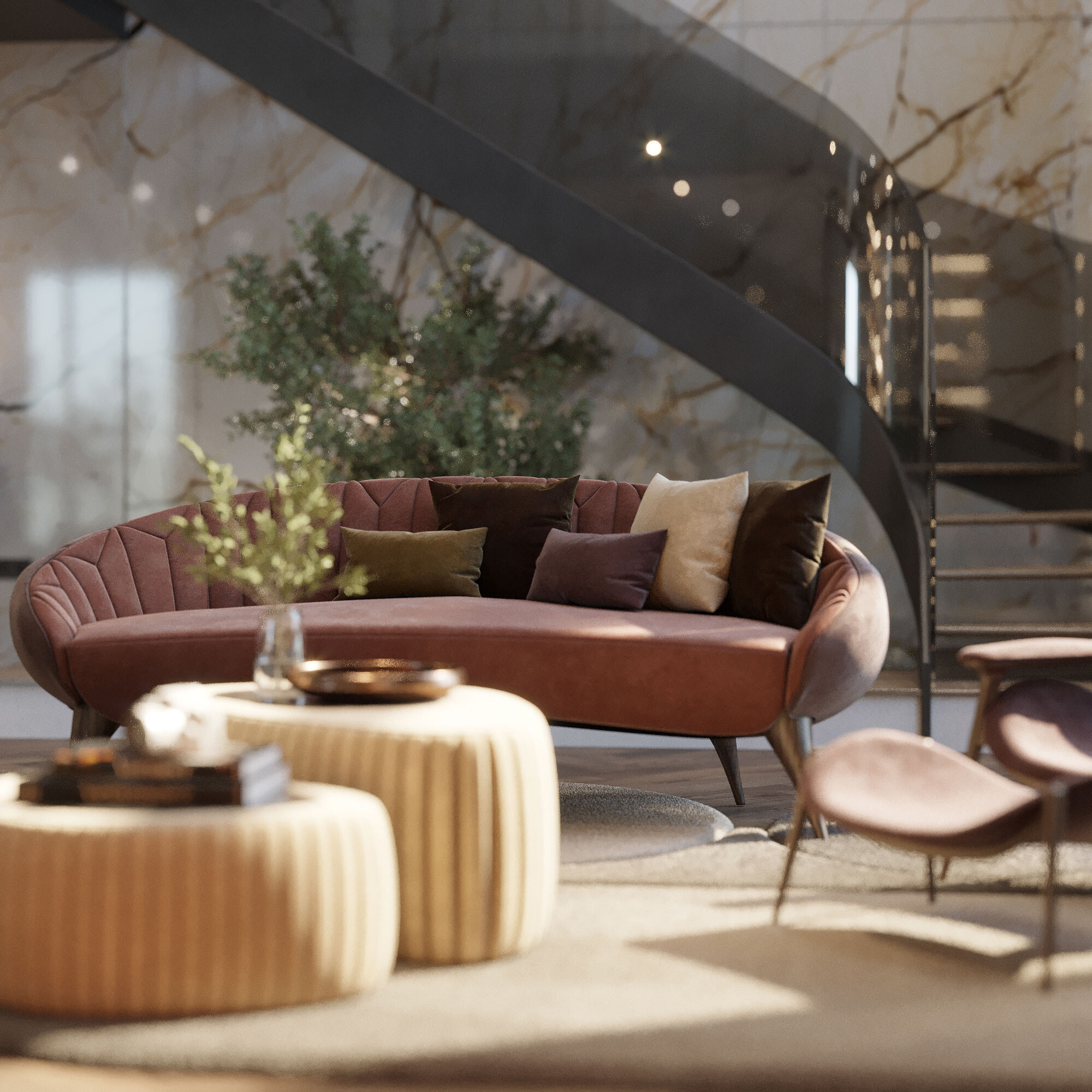
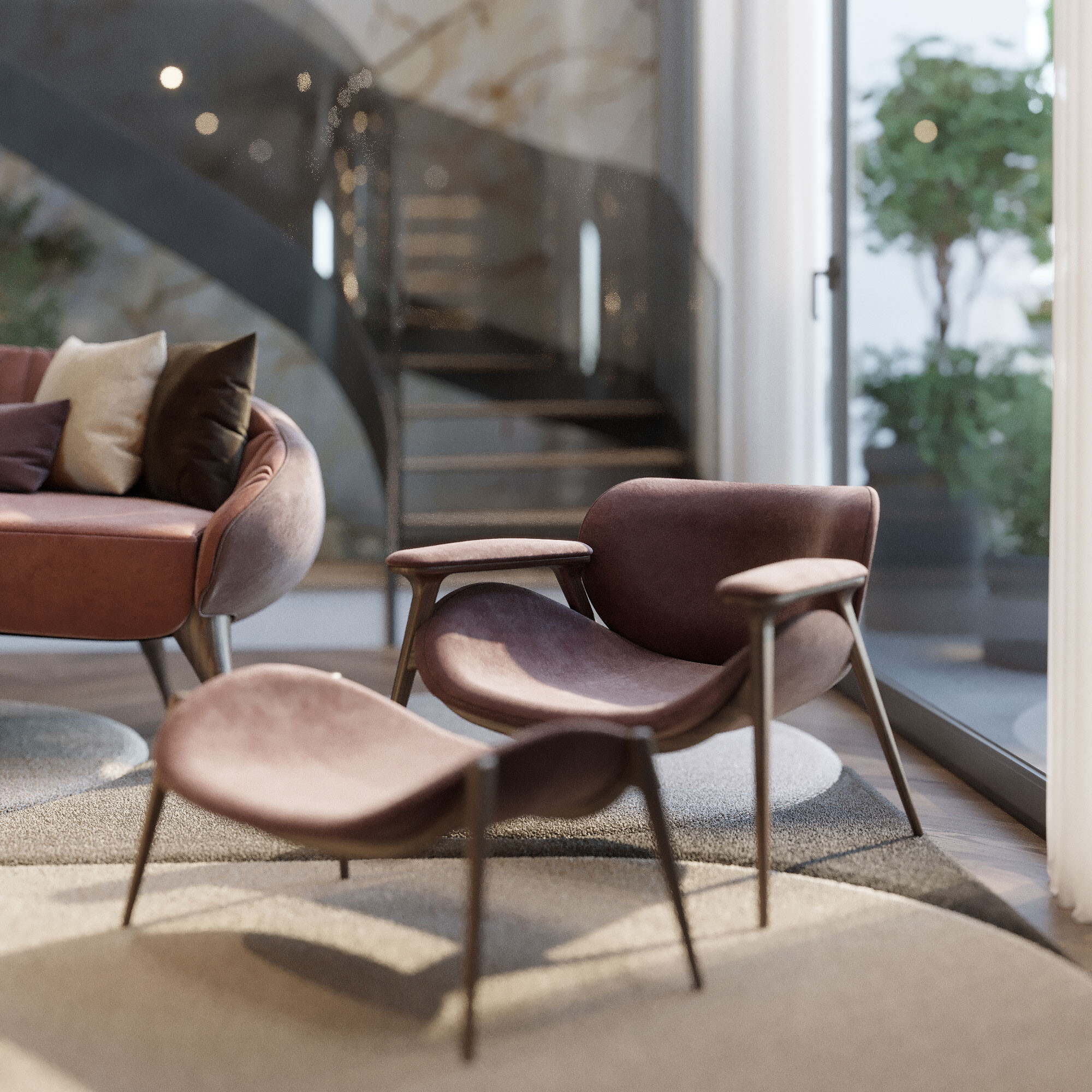
Finally, a 3D project emerges. The interior designer develops a presentation in this format to illustrate all the technical information contained in the executive project. The presentation project is the 3D spatial visualization of the client's dream. It is this project that the client receives for final approval.
These 6 steps of the interior design project are just the beginning. The beginning of building a dream. After the project's final approval comes the work and creation phase. Then, the customer can finally enjoy their space, a home designed especially for them.
See here on Alma de Luce's Pinterest some inspirations that may help you to go through these 6 steps, suiting your needs, your tastes, or your client's desires. Once you're inspired, want some help getting started? Contact us here.😉